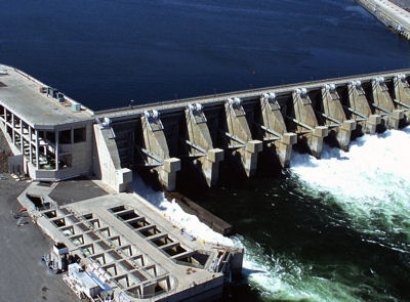
Lead researcher Professor Andrew Blakers of the ANU Research School of Engineering said the short-term off-river pumped hydro energy storage sites (STORES) combined had a potential storage capacity of 67,000 GWh- much more than the capacity required for a zero-emissions grid.
"Australia needs only a tiny fraction of these sites for pumped hydro storage - about 450 GWh of storage - to support a 100% renewable electricity system," stated Professor Blakers.
"Fast tracking the development of a few of the best sites by 2022 could balance the grid when Liddell and other coal power stations close.
"We found so many good potential sites that only the best 0.1% will be needed. We can afford to be choosy."
The Australian Renewable Energy Agency (ARENA) provided $449,000 to support the ANU-led study. ARENA is also funding feasibility studies into pumped hydro storage in Tasmania, and in the Upper Spencer Gulf in South Australia and Kidston in north Queensland.
The researchers found the greatest density of pumped hydro storage sites was in New South Wales, where they found there was potential to build 29,000 GWh worth of storage capacity across 8,600 sites.
Maps showing the locations of potential STORE sites and a report on the findings are available at <http://re100.eng.anu.edu.au/research/phes/>.
STORES sites work by pumping water uphill between two connected reservoirs when wind and solar energy are plentiful, then creating electricity on demand when the stored water is released through a turbine.
Co-researcher Dr Matthew Stocks from the ANU Research School of Engineering said that off-river pumped hydro storage typically delivered maximum power for five to 25 hours, depending on the size of the reservoirs.
"Like all hydro power, it can go from zero to full power in about one minute," said Dr. Stocks.
"Annual water requirements would be much less than half that of the current fossil fuel system because wind and PV do not require cooling water."

